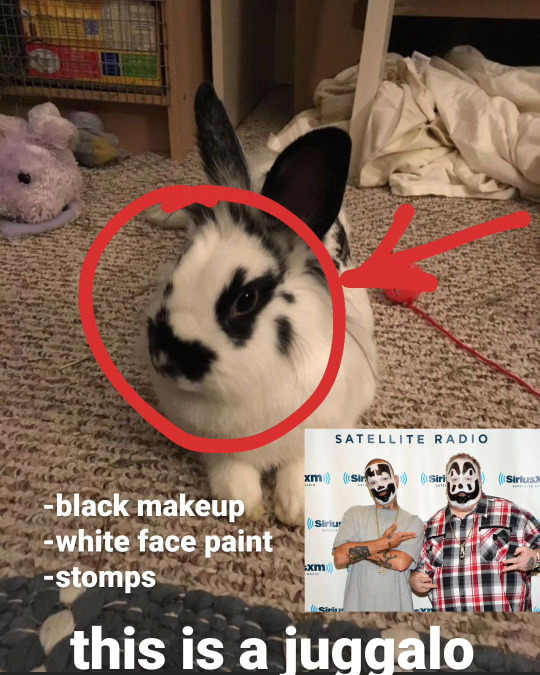#rabbits
Text

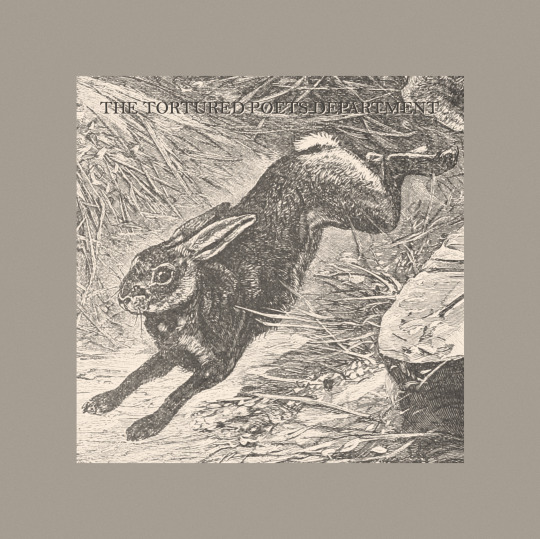

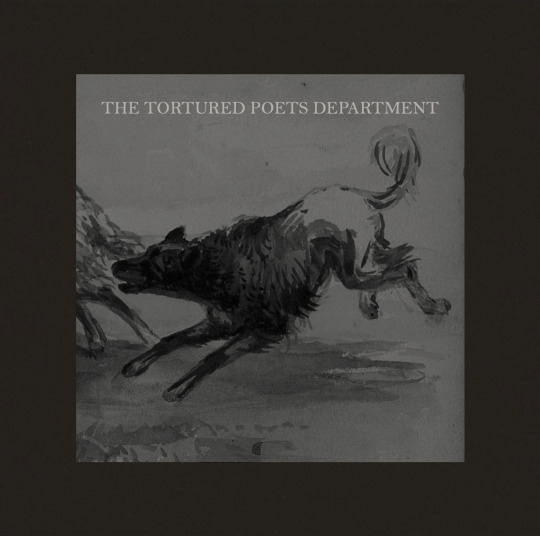
The Tortured Poets Department (Art History Version) – The Complete Collection
#taylor swift eras (art history version)#the bolter#the albatross#the black dog#rabbit#rabbits#albatross#black dog#dog#dogs#dogs in art#the tortured poets department#tortured poets department#ts ttpd#ttpd#taylor swift#ttpd taylor swift#taylor swift ttpd#ts edit#tsedit#tswiftedit#tswift edits#art#art history
226 notes
·
View notes
Text
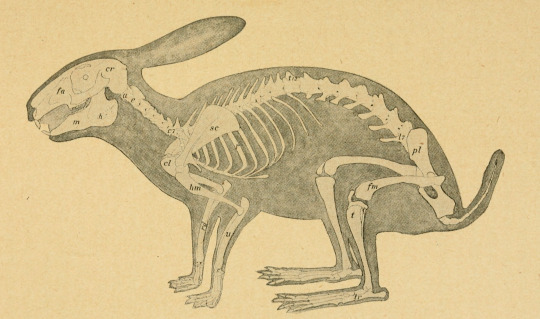
Bensley's Practical anatomy of the rabbit. 1948.
Internet Archive
175 notes
·
View notes
Text
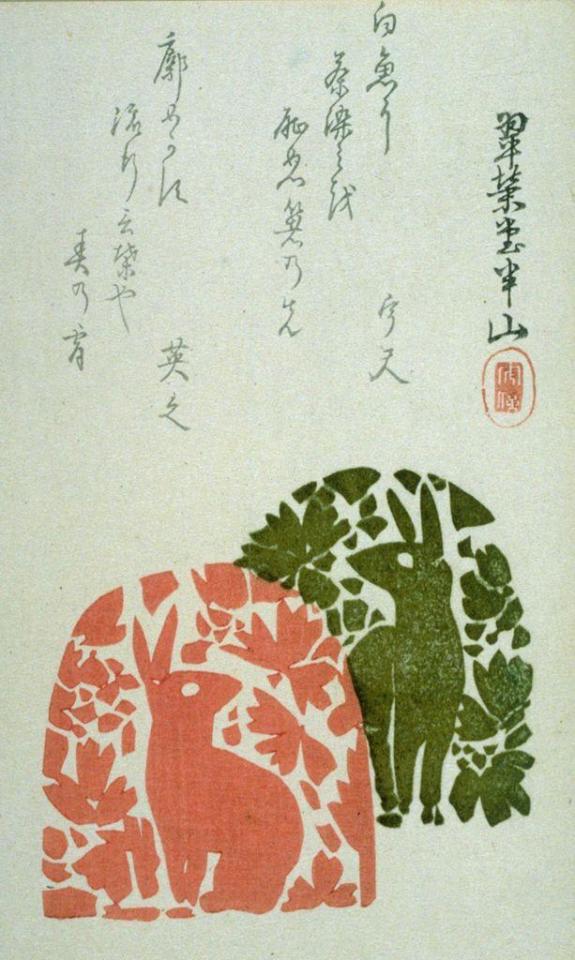
Matsukawa Hanzan
Textile patterns with flowers and rabbits
1867
color woodcut
18.2 x 24.7 cm (sheet)
Fine Arts Museums of San Francisco
#Matsukawa Hanzan#japanese art#woodblock print#ukiyoe#color woodblock#japanese#woodcut#Hanzan Matsukawa#rabbits
133 notes
·
View notes
Text
#brother sister#ladynoir#bang chan smut#cigarettes#asian lives matter#writers of tumblr#rabbits#trans women#bodybuilder#kris#good omens fanart#surreal#devdas#michael afton#reaction gif
123 notes
·
View notes
Text
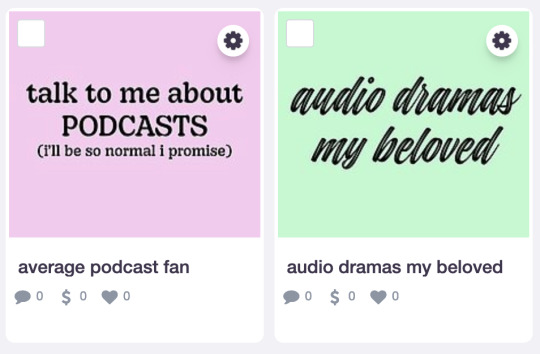
two new designs up on my redbubble now!
id: a screenshot of two redbubble listings, one says "talk to me about PODCASTS (i'll be so normal i promise)" on a light pinkish purple background and the other says "audio dramas my beloved" in a script font on a mint green background end id.
#message from mirph#redbubble#podcasts#audio drama#fiction podcast#wtnv#within the wires#mabel podcast#red valley#rabbits#tanis#tma#the magnus archives#the penumbra podcast#alice isn't dead
54 notes
·
View notes
Text
When i first looked into rabbit genetics more seriously i was so bewildered by aa ee, "solid" red being more patterned than A_ ee, agouti red...

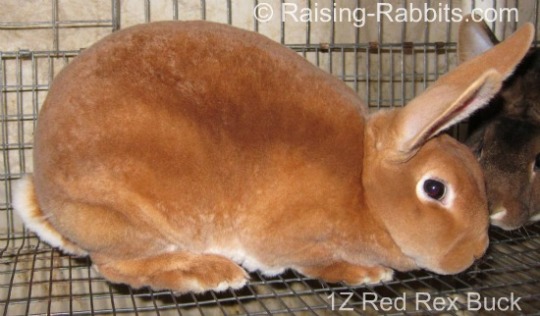
But like. The a allele isn't some kind of "depatterning" allele. It doesn't makes the coloration even, it makes the coloration darker. It's a melanism allele. And when I started to look at it like this, suddenly a lot of things started to make sense
#if it was obvious for everyone else then sorry i was stupid#also:#if anyone knows a good rabbit blog please tell me#rabbits
46 notes
·
View notes
Text

#rabbits#bunny#bunnies#houserabbits#bunnylove#rabbitlife#bunniesworldwide#housebunnies#bunnylover#rabbitlover
44 notes
·
View notes
Text
Hello qsmpblr! I hope you're all doing well and having a good week :D
I know things are uncertain right now but they will get better. Have some videos of my bunnies licking each other
(This is how they show affection to other bunnies and also humans! They love to lick my ankles when they're out their cage, it's very sweet :D)
36 notes
·
View notes
Text
Three years ago I brought home Leia unsure if it was going to be permanent or not (because of her previous owner). Now she’s stuck with me forever 😏
SHE WAS SO LITTLE

#house rabbit#rabbit#rabbitsofinstagram#rabbits#rabbits of tumblr#bunny#cute bunnies#bunnies#bunnies of tumblr#pets#pets are the best#pets are family#little pets#cutest pets#adorable pets#love pets#pets animals#happy pets#small pets#exotic pets#my pets#cute pets#animals of tumblr#pet animals#adorable animals#animals are the best#animals are friends#cute animals#animals#animals are awesome
29 notes
·
View notes
Text
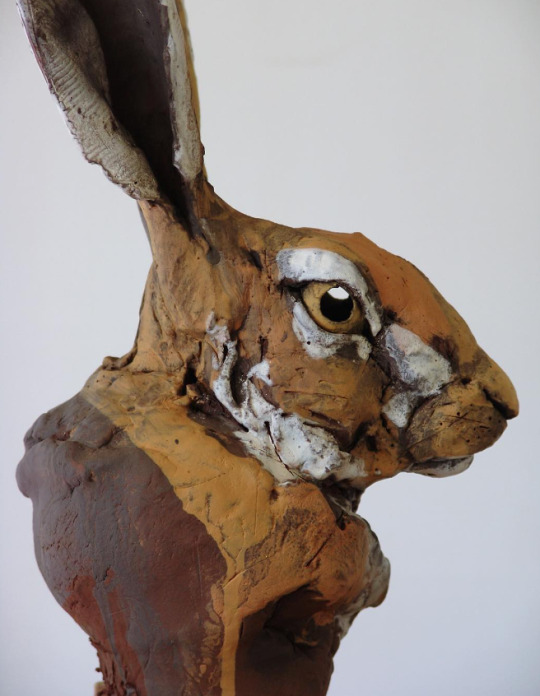




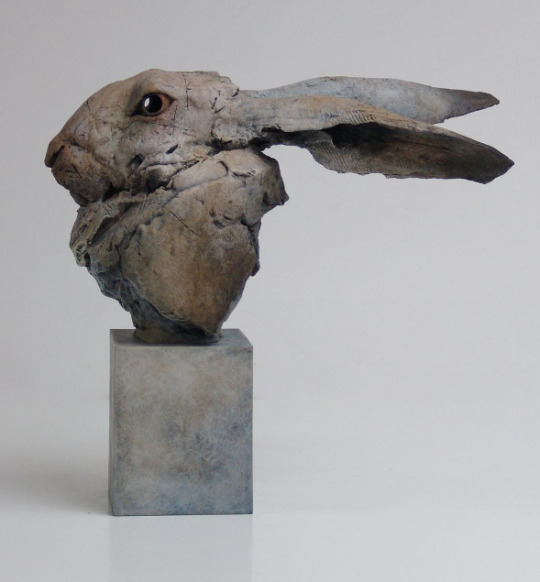
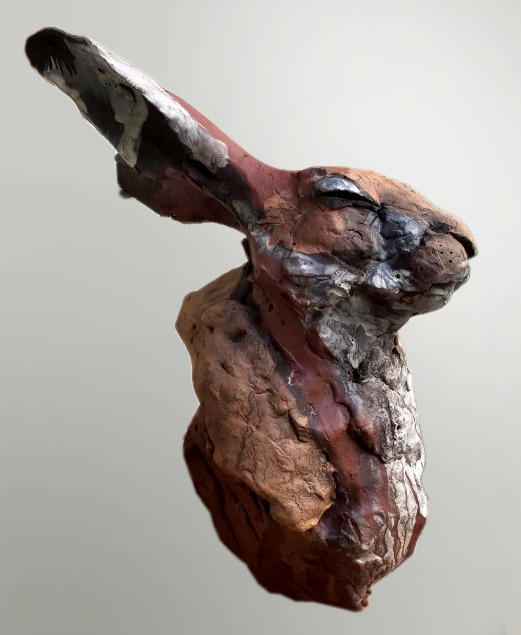
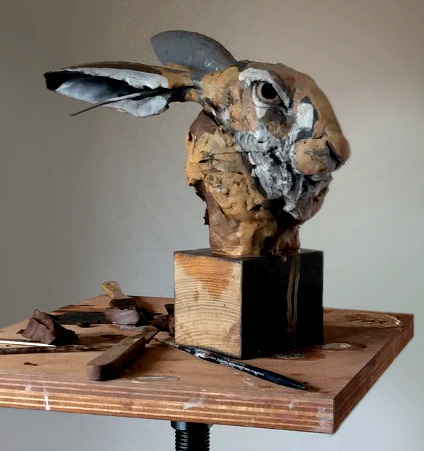

Nichola Theakston (British, b.1967)
www.instagram.com/nicholatheakstonsculpture
21 notes
·
View notes
Text
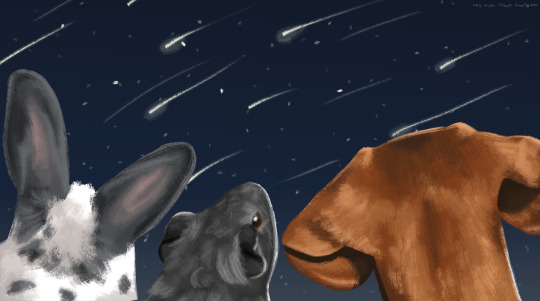
Wish Upon A Star
A piece made with drawings I have made for HESY, combined together with a starry sky~. I did this because these heads of the guinea pig, rabbit and dog were used for the same illustration for the Christmas List. Reuploading that numerous times felt boring for those that watch me, so outside of the cat version I combined the others here! They're so cute, making wishes together!
#art#drawing#illustration#digital#digital artist#digital art#artists on tumblr#painting#dog#labrador#digital drawing#digital illustration#digital painting#star#stars#guinea pig#guinea pigs#dogs#chocolate lab#rabbit#bunny#rabbits#pet#pets#animal#animals#cute#dapper#dapper draws#dapperdraws
17 notes
·
View notes
Text

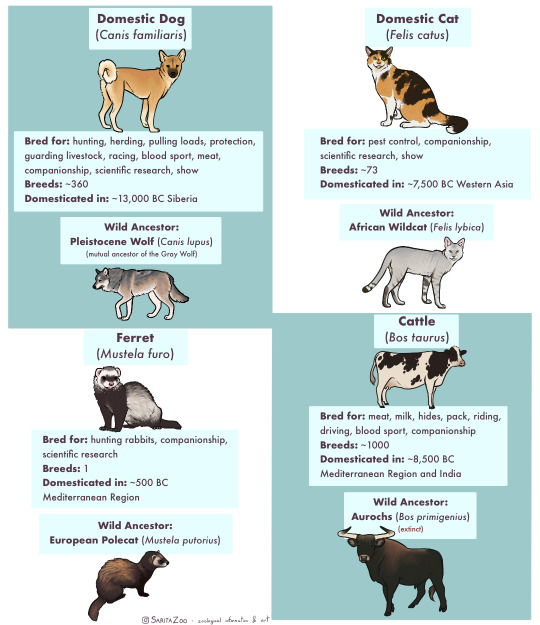


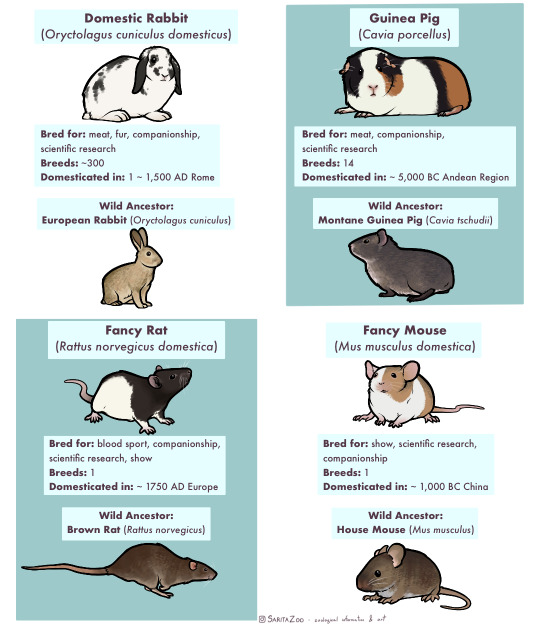
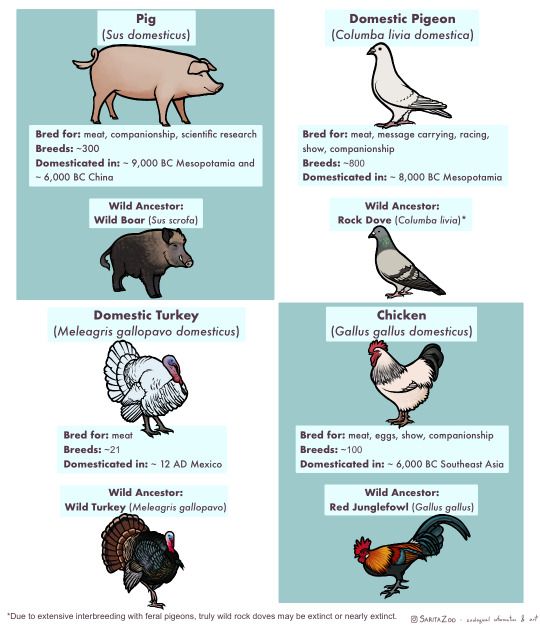
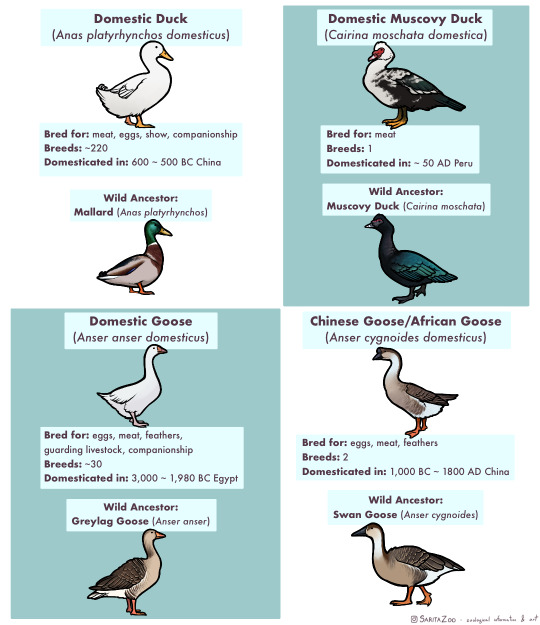
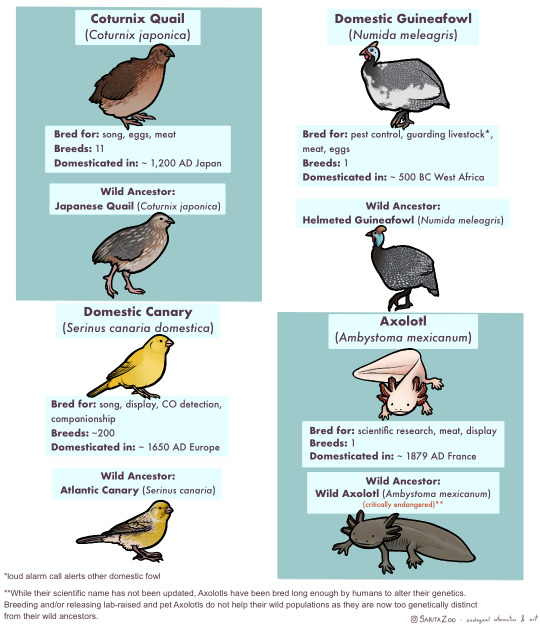


Phew. This one took, uh… a bit longer than expected due to other projects both irl and art-wise, but it’s finally here. The long-awaited domestic animal infographic! Unfortunately, I didn’t have enough space to cover every single domestic animal (I’m so sorry, reindeer and koi, my beloveds) but I tried to include as many of the “major ones” as possible.
I made this chart in response to a lot of the misunderstandings I hear concerning domestic animals, so I hope it’s helpful!
Further information I didn’t have any room to add or expand on:
🐈 “Breed” and “species” are not synonyms! Breeds are specific to domesticated animals. A Bengal Tiger is a species of tiger. A Siamese is a breed of domestic cat.
🐀 Different colors are also not what makes a breed. A breed is determined by having genetics that are unique to that breed. So a “bluenose pitbull” is not a different breed from a “rednose pitbull”, but an American Pitbull Terrier is a different breed from an American Bully! Animals that have been domesticated for longer tend to have more seperate breeds as these differing genetics have had time to develop.
🐕 It takes hundreds of generations for an animal to become domesticated. While the “domesticated fox experiment” had interesting results, there were not enough generations involved for the foxes to become truly domesticated and their differences from wild foxes were more due to epigenetics (heritable traits that do not change the DNA sequence but rather activate or deactivate parts of it; owed to the specific circumstances of its parents’ behavior and environment.)
🐎 Wild animals that are raised in human care are not domesticated, but they can be considered “tamed.” This means that they still have all their wild instincts, but are less inclined to attack or be frightened of humans. A wild animal that lives in the wild but near human settlements and is less afraid of humans is considered “habituated.” Tamed and habituated animals are not any less dangerous than wild animals, and should still be treated with the same respect. Foxes, otters, raccoons, servals, caracals, bush babies, opossums, owls, monkeys, alligators, and other wild animals can be tamed or habituated, but they have not undergone hundreds of generations of domestication, so they are not domesticated animals.
🐄 Also, as seen above, these animals have all been domesticated for a reason, be it food, transport, pest control, or otherwise, at a time when less practical options existed. There is no benefit to domesticating other species in the modern day, so if you’ve got a hankering for keeping a wild animal as a pet, instead try to find the domestic equivalent of that wild animal! There are several dog breeds that look and behave like wolves or foxes, pigeons and chickens can make great pet birds and have hundreds of colorful fancy breeds, rats can be just as intelligent and social as a small monkey (and less expensive and dangerous to boot,) and ferrets are pretty darn close to minks and otters! There’s no need to keep a wolf in a house when our ancestors have already spent 20,000+ years to make them house-compatible.
🐖 This was stated in the infographic, but I feel like I must again reiterate that domestic animals do not belong in the wild, and often become invasive when feral. Their genetics have been specifically altered in such a way that they depend on humans for optimal health. We are their habitat. This is why you only really see feral pigeons in cities, and feral cats around settlements. They are specifically adapted to live with humans, so they stay even when unwanted. However, this does not mean they should live in a way that doesn’t put their health and comfort as a top priority! If we are their world, it is our duty to make it as good as possible. Please research any pet you get before bringing them home!
#SaritaZoo#my art#domestic animals#domestication#pets#dogs#cats#ferrets#cows#sheep#goats#bovids#horses#donkeys#camels#llamas#alpacas#rabbits#guinea pigs#rats#pet rats#pet mice#pigs#pigeons#turkeys#chickens#ducks#geese#quail#i ran out of tags rip
31K notes
·
View notes
Photo

mysterious creature of uncertain origin
58K notes
·
View notes
Text
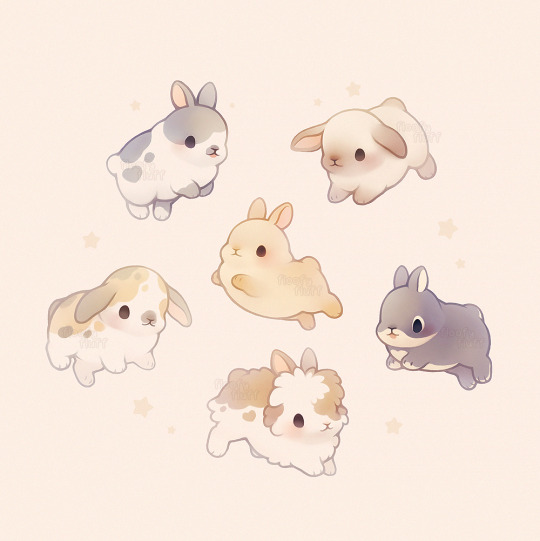
Bunny binkies! 🐇
14K notes
·
View notes
Text
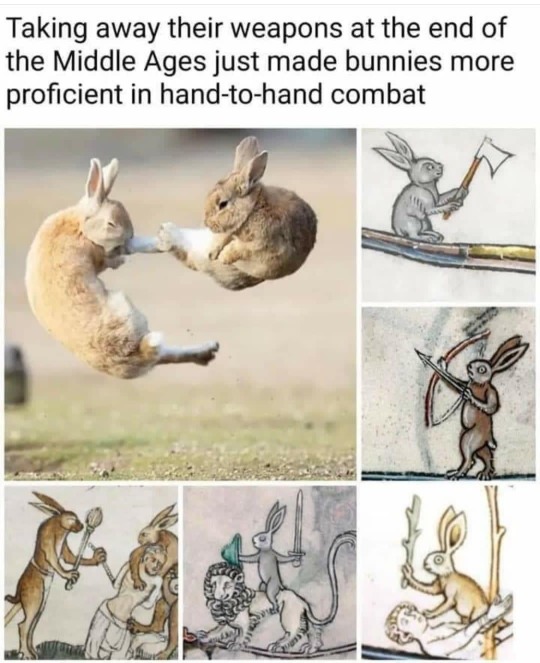
17K notes
·
View notes
